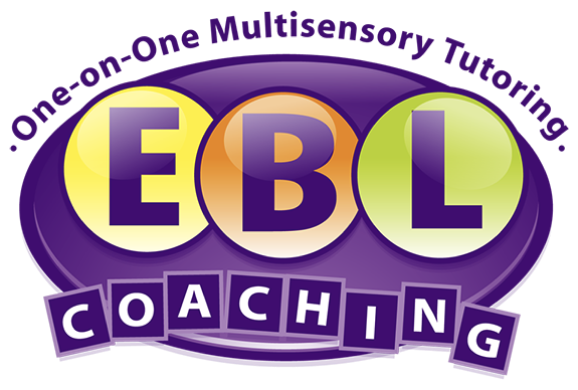
5 Strategies To Help Your Child Study For Tests

A tutoring expert explains the best tips to help your child ace their next test.
Your child may have cruised through the early years of elementary school. Tests and quizzes were rare, homework was a a breeze, and projects involved simply cutting out images from magazines. Yet as students move through school, the testing demands increase rapidly. With these rising demands often comes stress, anxiety, and that how-am-I-ever-going-to-get-through-this feeling. Help your child build confidence and ace exams with the ideas detailed below.
Create a ‘big picture’ plan
Your child may feel overwhelmed by the quantity of material she needs to learn for a test. With terms to memorize, notes to process, and articles to read, the task of studying can seem downright insurmountable. To combat this feeling, help your child come up with a ‘big picture’ plan, with each topic she needs to learn for an exam detailed on a single sheet of paper. She can start by drawing a large bubble in the center of a page and writing the class name and date of the exam inside the bubble. Then, surrounding the center bubble, she can branch out with a series of smaller bubbles, each containing a topic she needs to learn for the test. Once she has effectively learned a given topic, she should cross out that bubble. The more bubbles she crosses out, the more accomplished she will feel, and the closer she will be to learning all of the material for the exam.
Break down studying into steps
Many of us know students who feel they can squeeze all of their studying into the night before the exam. Yet that “strategy” rarely works, especially as the quantity of material to learn increases. Instead of this no-win plan, help your child learn to break his studying into steps, then put each step in his assignment book. For instance, if he has a science test to study for that covers five text book chapters, have him create a five day plan that includes studying one chapter per day (reading the chapter, taking notes, and perhaps creating flash cards on the material), and designate the fifth day as a review day to review all of the material from each chapter. Creating an organized, daily plan can help him feel fully prepared come test day.
Integrate memory strategies
Your child may feel overwhelmed by the quantity of vocabulary terms, names, dates, and facts she needs to memorize. Encourage her to use memory tactics to learn and retain this information. For instance, she can learn the acronym PEMDAS (Please Excuse My Dear Aunt Sally) to remember the steps involved in solving math equations; the letters of the acronym stand for parentheses, exponents, multiplication, division, attraction. You can also try encouraging her to draw visual diagrams to visualize and remember information (like a diagram of a heart with its individual parts) or retell material aloud to tap into the auditory modality. Additionally, try having her teach the material to someone else (even a parent) for another layer of memory and understanding.
Integrate technology
Students can now choose from a plethora of online resources to help them study. Quizlet, for instance, is an online option that helps students create virtual flash cards, then test themselves and play games using the material. They can also create study guides using Power Point, where they create a virtual presentation on material they need to learn for a test. This interactive tool taps into the kinesthetic learning modality and can help engage students in the process of studying. Students can even have the computer read the material aloud to them as they listen and (hopefully) retain the information.
Limit distractions
Almost all students—not just those who have ADHD—can have difficulty at times staying focused and on-task. Let’s face it—distractions are everywhere. Many students have not just computers, but often also tablets, phones, video games, and access social media and chatting apps. Let’s also not forget “old fashioned” distractions, like hunger, boredom, and sounds of nature. Help your child learn to anticipate these distractions and come up with solutions for each possible one. She can create a list on a sheet of paper before she begins studying with two columns—distractions and solutions. On this sheet, have her list each potential distraction in the distractions column and a corresponding solution in the solutions column. For instance, if her phone is a potential distraction, a solution might be setting it to silent mode or turning it off entirely. If she thinks she may become hungry when studying, she might want to eat a small snack before she begins. The more she anticipates and solves these potential distractions, the more on-task she will remain.
As students progress through school, they will inevitably encounter increasingly complex tests. Encourage your child to try these strategies to effectively prepare for exams and ultimately achieve academic success.
